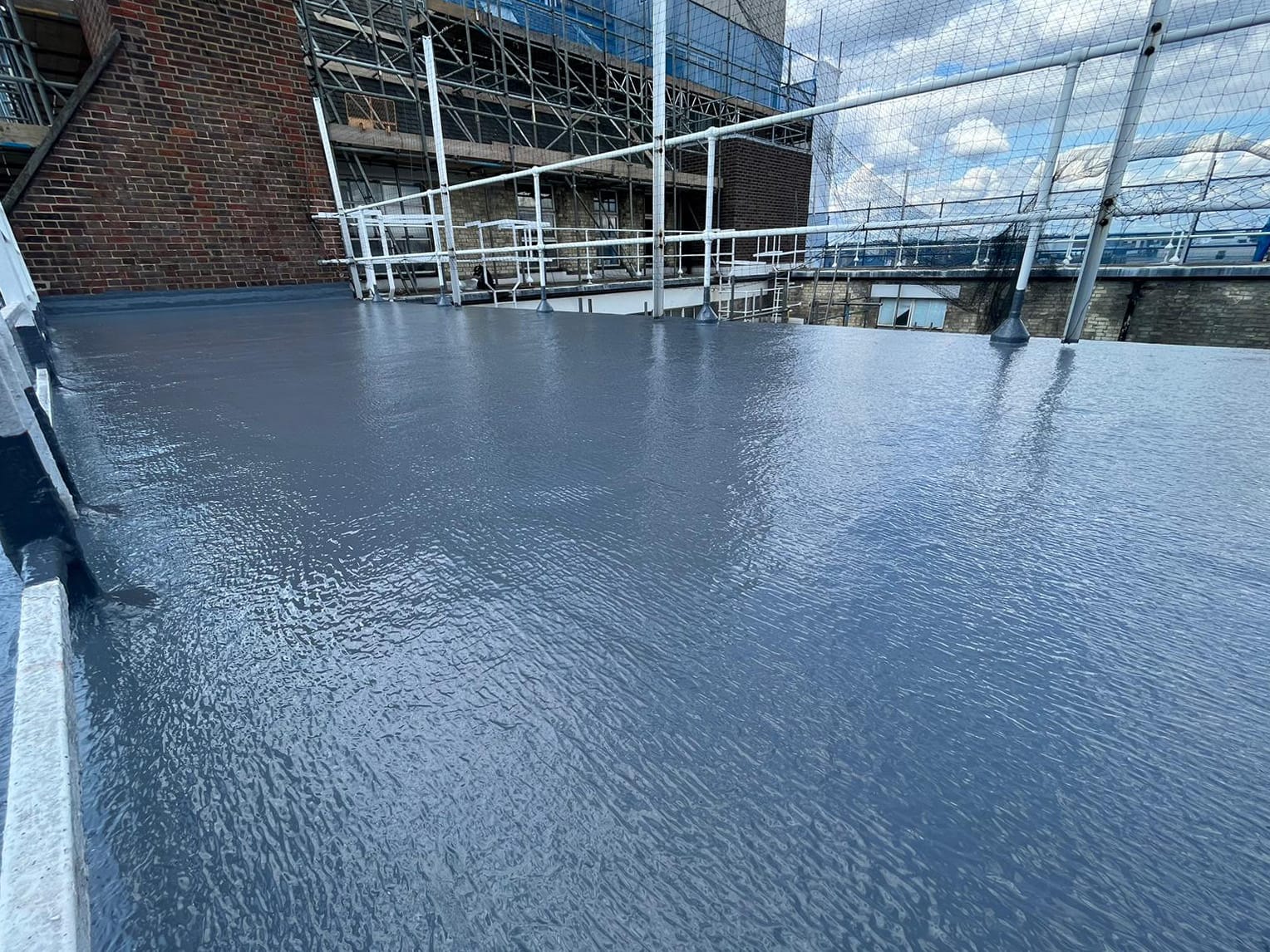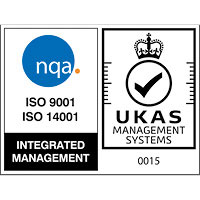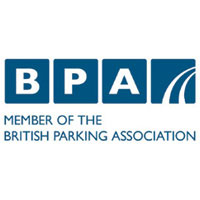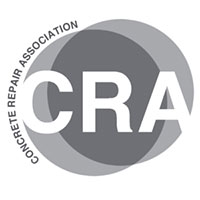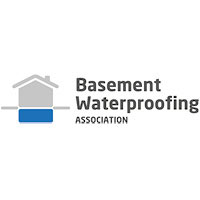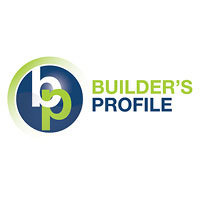Self-Smoothing Screeds
Self smoothing pumpable screeds and toppings are supplied as a free flowing cement based dry powder which requires a known quantity of clean water to produce a self-smoothing mix ready to pump or pour on to a prepared, sealed and primed surface.
Application Process
- Substrate preparation and assessment
- Priming
- Mixing
- Laying
- Curing
Substrate Preparation
For the product to work successfully it must bond to the substrate concrete. This allows stresses imposed upon it to be transferred to and absorbed by the substrate with the topping and base acting as one complete unit (monolithic). To achieve this the substrate requires physically abrading by scabbling or blasting to remove loose particles of cement and sand and expose the aggregate within the sub-floor.
Testing and Assessment
Once the floor has been prepared it must be tested to ensure that what is left behind is strong, sound and suitable to restrain the topping. A floor topping laid on to a weak substrate will crack and curl and debond, probably tearing the substrate up with it as it does so. A topping laid on to a substrate contaminated with grease or oil will not bond.
Methods of testing include direct tensile pulls using a limpet tester, rebound hammer tests and drop water test. Assuming test results are satisfactory the topping or underlayment can be laid.
The next process is to achieve a bond by applying a bond coat or primer coat which is an integral part of the floor topping specification. This is brushed into the surface of the substrate after preparation and damping with water.
Priming
The primer forms a chemical bond between the topping and the substrate, effectively sticking it to the concrete. Before the primer dries the floor topping must be laid. When applying a self smoothing pumpable industrial quality topping or underlayment, the general application thickness can vary from 5mm to 25mm depending upon the grade selected.
Testing
Testing and assessment to BS8204 Part 3:1994 should be conducted before proceeding with vacuum cleaning, sealing and priming.
Application
Following a flow-ring test by the operative in charge of the mixing (either by pump, or paddle mix) the mixed material is then poured or pumped onto a prepared and sealed/primed surface and levelled with a pin rake. Light spike rolling is then undertaken to release any entrapped air.
Dividing strips are laid where a joint is required e.g. between a room and a corridor, and large open areas are often sub-divided by using temporary dividing strips into maximum bay widths of 6-8m ensuring always working to a wet edge.



